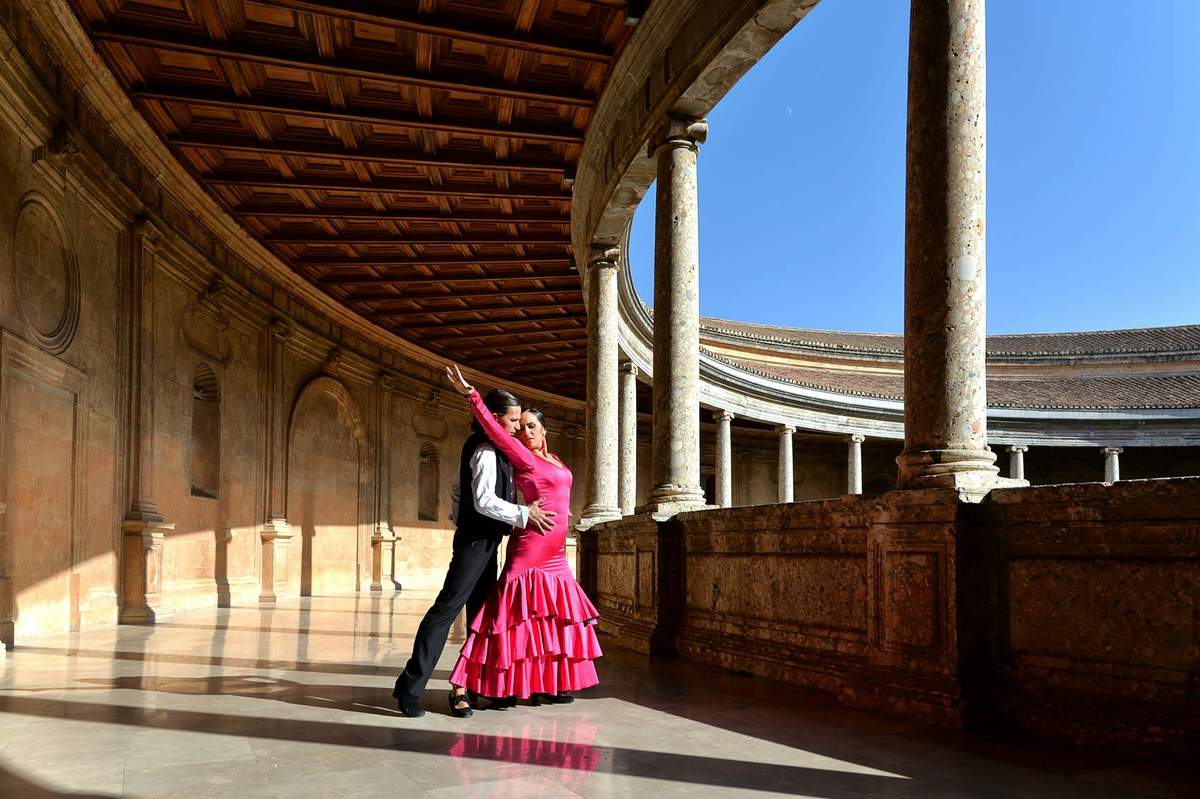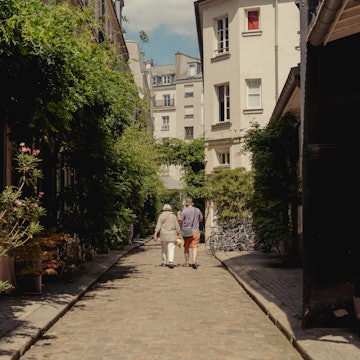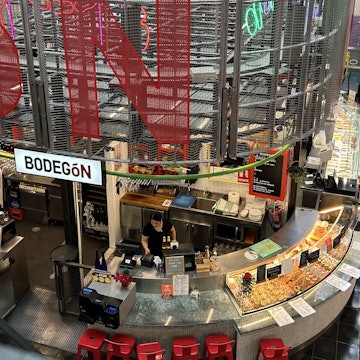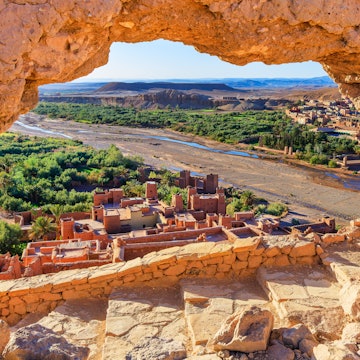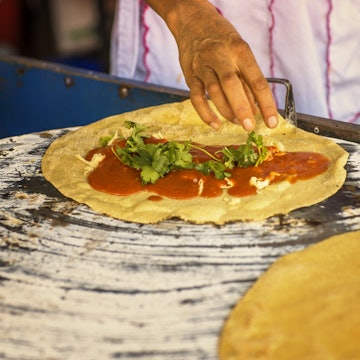
The 8 best things to do in Asturias, Spain



The stunning Playa Torimbia beach, Asturias, Spain. Cavan-Images/Shutterstock
Possibly the sole patch of Spain never to be conquered by the Muslims, Asturias is, some claim, the real Spain – the rest is simply tierra de reconquista (reconquered land). “Ser español es un orgullo,“ the saying goes, “ser asturiano es un título.” (“Being Spanish is a matter of pride, but to be Asturian is a mark of nobility.”)
This gorgeously green part of northern Spain, with its jagged coast strung with cliff-girded capes, colorful fishing ports and more than 200 beaches, has both similarities and differences with its neighboring regions.
Inland, the mountains (including the Picos de Europa) soar high, the valleys run deep and the villages are delightfully rustic. The wild Asturian hills are the main redoubt of Spain’s surviving bear population. The verdant valleys grow, among other things, many millions of apples – many of which go into cider, the favorite tipple here.
Asturias is a land of quaint grain stores on wooden stilts, known as hórreos, and of the very early medieval architectural style known as pre-Romanesque, most strikingly expressed in the World Heritage monuments of Oviedo, Asturias’ cultured capital. Here are the best things to see and do in this unique corner of Spain.
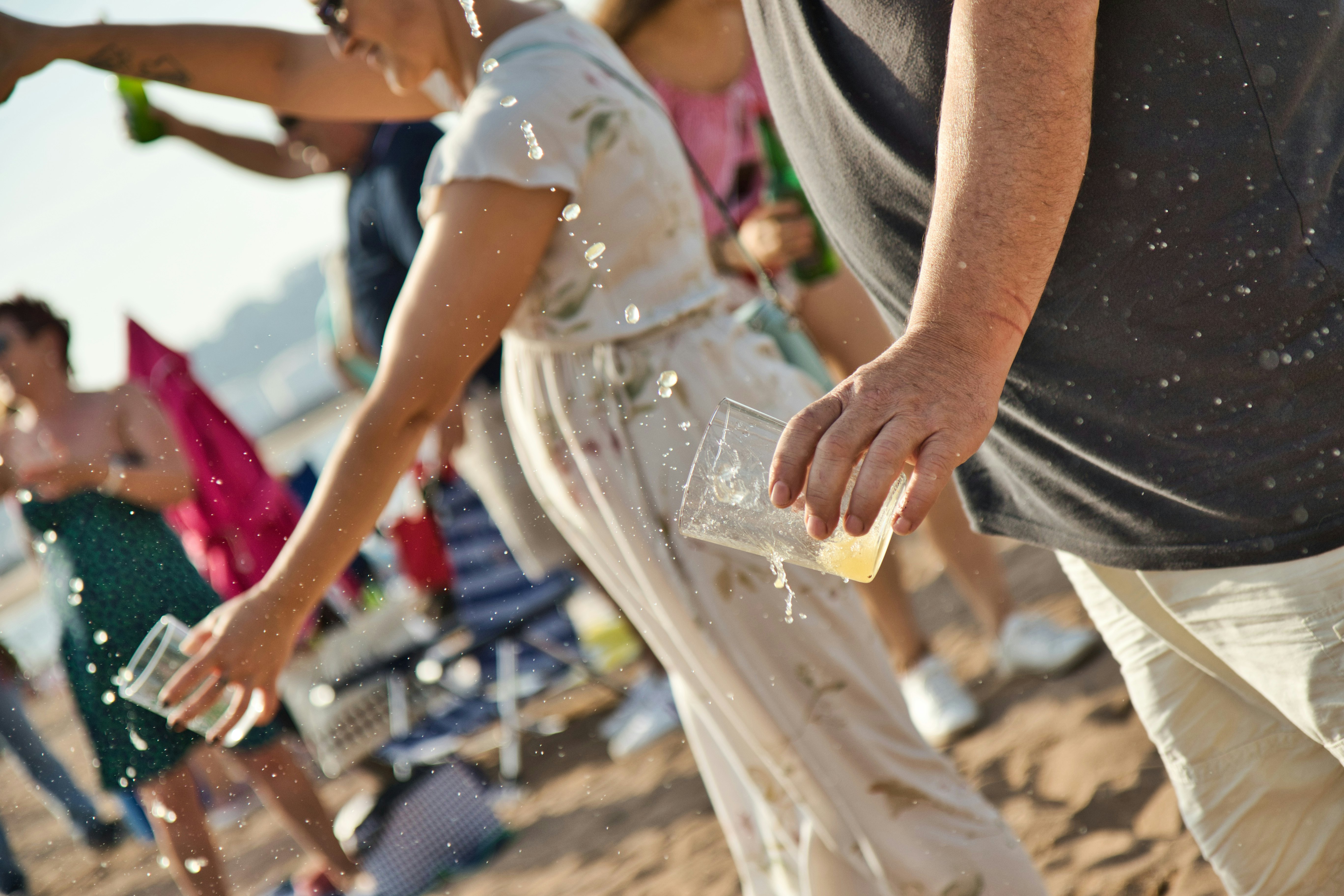
1. Sip cider in Gijón
Asturias churns out 80% of Spanish cider: around 45 million liters a year, nearly all consumed in Asturias itself. Apples are picked in autumn, then crushed to a pulp (about three-quarters of which winds up as apple juice). The cider is then fermented in pipes (barrels) and kept in lagares (the places where the cider is made) over winter. It takes about 800kg of apples to fill a 450L pipa, which makes 600 bottles.
Since 2002, a Denominación de Origen Protegida (DOP) Sidra de Asturias has existed for Asturian ciders, denoting that they meet particular technical and quality standards and make exclusive use of indigenous Asturian apple varieties. The DOP currently covers 31 producers.
Asturian cider is served escanciada: poured from a bottle held high overhead into a glass held low, which gives it some fizz. Don’t worry, you won’t have to do this yourself: bar staff will flaunt their own skills by not even looking at the glass or bottle as they pour. A shot of cider, about one-fifth of a glass, is known as a culete or culín; the thing to do is to knock it back immediately in one go (leaving a tiny bit in the glass), before the fizz dissipates.
Every Asturian town has plenty of sidrerías (cider bars). You’ll find them on Plaza Mayor and up the hill into Cimavilla in Gijón. Further up in Cimavilla, a nocturnal student scene flourishes around Plaza Corrada. South of Cimavilla, both wine and beer bars – many with fine tapas – congregate in la ruta de los vinos (the streets between Calles Merced and Buen Suceso). Popular bars also abound in the streets close to Playa de San Lorenzo.
Planning tip: Gijón’s week-long cider festival, Fiesta de la Sidra Natural (Festival of Natural Cider), includes brewery tours, free tastings and cider-drinking music and song.
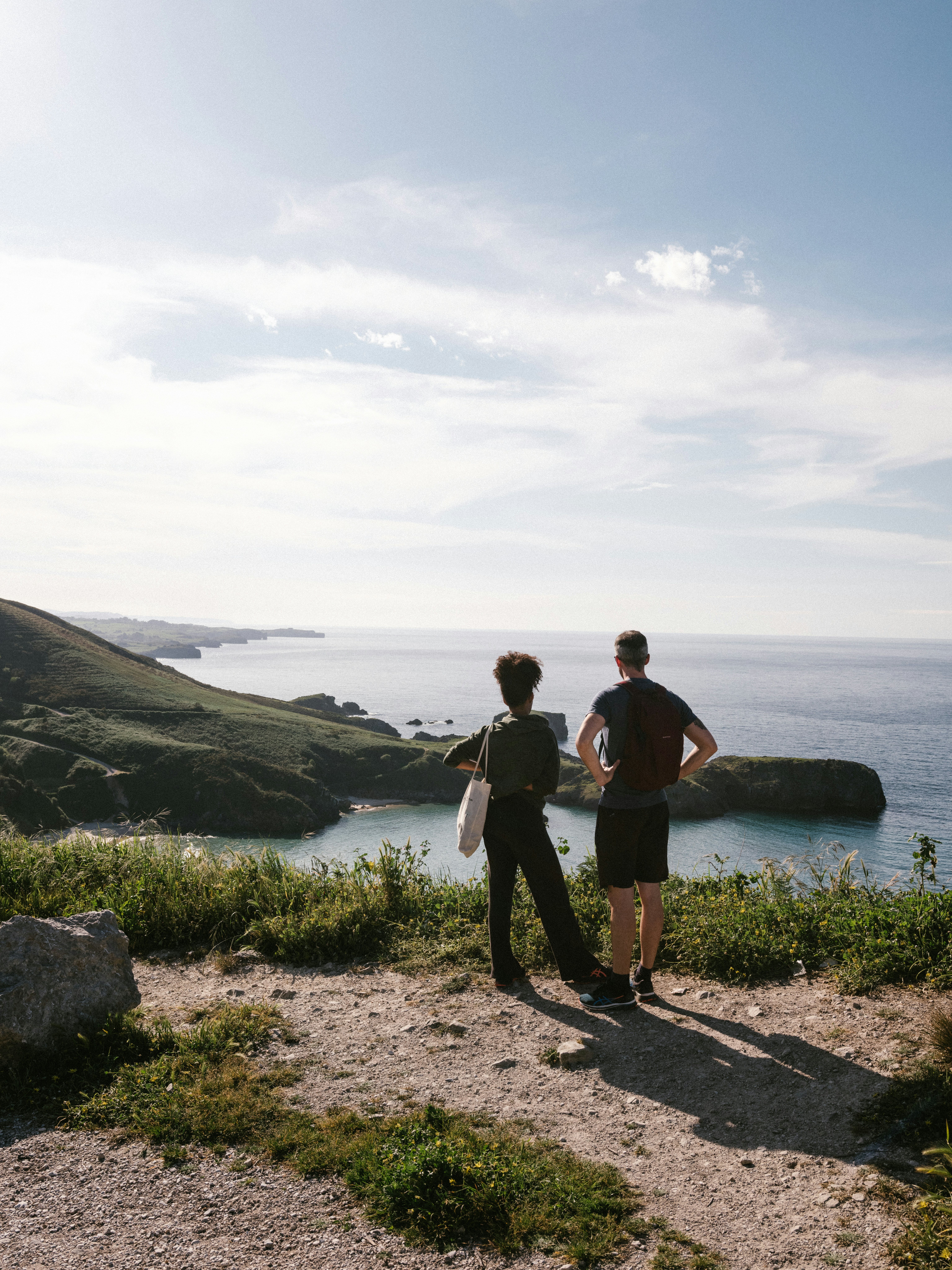
2. Swim in the surf at the spectacular Playa de Torimbia
A beautiful, gold-blond crescent beach bracketed by craggy headlands and 50m cliffs in a bowl of green hills, Playa de Torimbia is truly spectacular. It’s located around 12km west of Llanes, near the village of Niembru.
Playa de Torimbia is also Asturias’ famous playa nudista (“clothing optional” beach). Nudists and wearers of swimsuits co-exist quite harmoniously, so don’t worry if you prefer to get tan lines when you lie out.
Summer is clearly the best beach season – and blissful temperatures, rarely rising much above 24°C (75°F), attract crowds from Spain’s sweltering interior.
Surfers looking for waves will prefer to visit in autumn and winter, when decent breakers crash onto the shore. For the rest of us, winter is the best time for dramatic cliffside ocean watching. This wild coastline is also a magnet for migratory seabirds in winter.
Planning tip: The parking area at the beach fills up quickly in summer, so get here early. It’s a decent walk down to the sand from there.
3. Feast on fresh seafood at Cudillero
The picturesque fishing village of Cudillero on the Asturian coast is recognizable for its houses painted in a rainbow of pastels cascading down to a tiny port on a narrow inlet.
Despite its touristy feel in summer, Cudillero is reasonably relaxed and makes an appealing stop, even in mid-August when every room in town is taken. The surrounding coastline is a dramatic sequence of sheer cliffs and fine beaches.
The main activity in town is watching the fishing boats come in to unload their catch (between 3pm and 8pm), then sampling fish, molluscs and urchins at local sidrerías (cider bars) and restaurants.
You can also head out along well-made walking paths to several nearby lookout points.
Planning tip: El Faro’s stone-and-timber surrounds and colorful artwork help create a welcoming atmosphere for digging into fish of the day, seafood salads, parrilladas de marisco (mixed grilled shellfish) or even an Asturian beef tenderloin with goat cheese. It’s tucked one street back from the port.
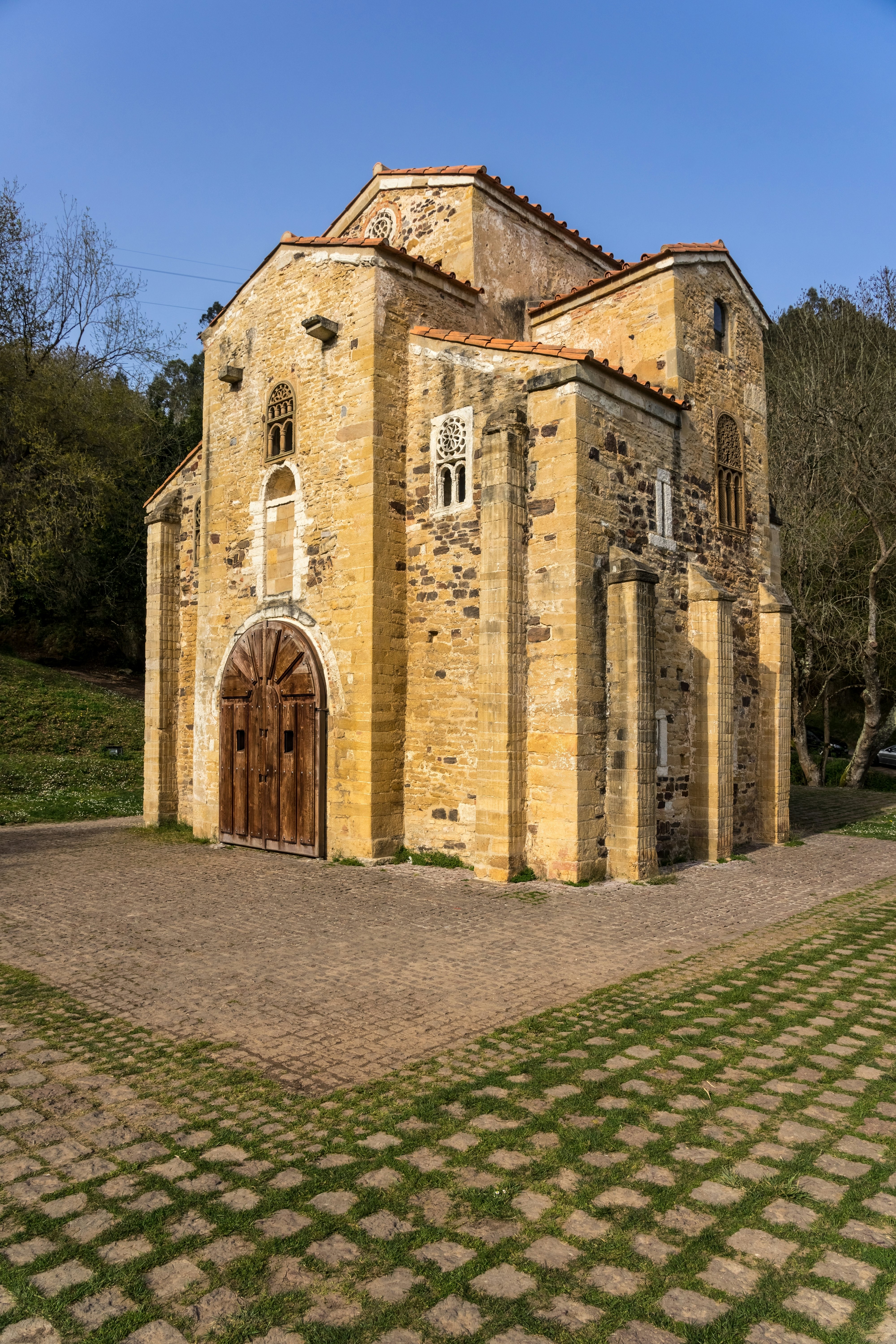
4. Discover pre-Romanesque architecture
Largely cut off from the rest of Christian Europe, 8th-century Asturias birthed a unique style of art and architecture known as pre-Romanesque.
The 15 buildings (six of which constitute a UNESCO World Heritage Site) that survive from the two centuries of this Asturian kingdom are mostly churches around Oviedo. They take inspiration from Roman, Visigothic and possibly Carolingian French buildings, but have no real analogs.
This style is typified by straight-line profiles, semicircular Roman-style arches, and a triple-naved plan for the churches. Several of the best of the genre are found in and near Oviedo, including the Catedral de San Salvador’s Cámara Santa chapel.
The Iglesia de San Julián de los Prados, 1km northeast of the city center, is the largest remaining pre-Romanesque church, built in the early 9th century under Alfonso II. It’s flanked by two porches – another Asturian touch – and the interior is covered with wonderfully preserved, brightly colored frescos. Visits inside are guided, in Spanish, the last one starting half an hour before each closing time.
On the slopes of Monte Naranco, 3.5km northwest of central Oviedo, the tall, narrow Palacio de Santa María del Naranco and the Iglesia de San Miguel de Lillo were built by Ramiro I (842–50), and mark an advance in Asturian art. An outstanding decorative feature of the beautifully proportioned Santa María (which was probably a royal hunting lodge) is the sogueado, a rope-patterned sculptural motif used in its columns. Some of its 32 medallions are copies of ancient Iranian (!) motifs, known here through Roman contact.
Of San Miguel, only the western end remains (the rest collapsed centuries ago), but what’s left has a singularly pleasing form. Note its single-stone lattice windows. From Tuesday to Sunday, visits inside the two buildings are guided, in Spanish only, about every 40 minutes, with the last visit starting at the given closing times. There’s no charge or restriction on admiring the buildings from outside.
About 100m below the Palacio de Santa María, the Centro de Interpretación del Prerrománico has informative displays on the pre-Romanesque phenomenon in English, Spanish and French. You can reach Monte Naranco by bus, which runs about hourly from 6:45am to 9:50pm.
Detour: From the Naranco monuments, you can drive or bike 4km on uphill (or walk 1.4km) to the Monumento al Sagrado Corazón, a 30m-high, 1981 stone sculpture of Christ that crowns Monte Naranco. The views are sensational.
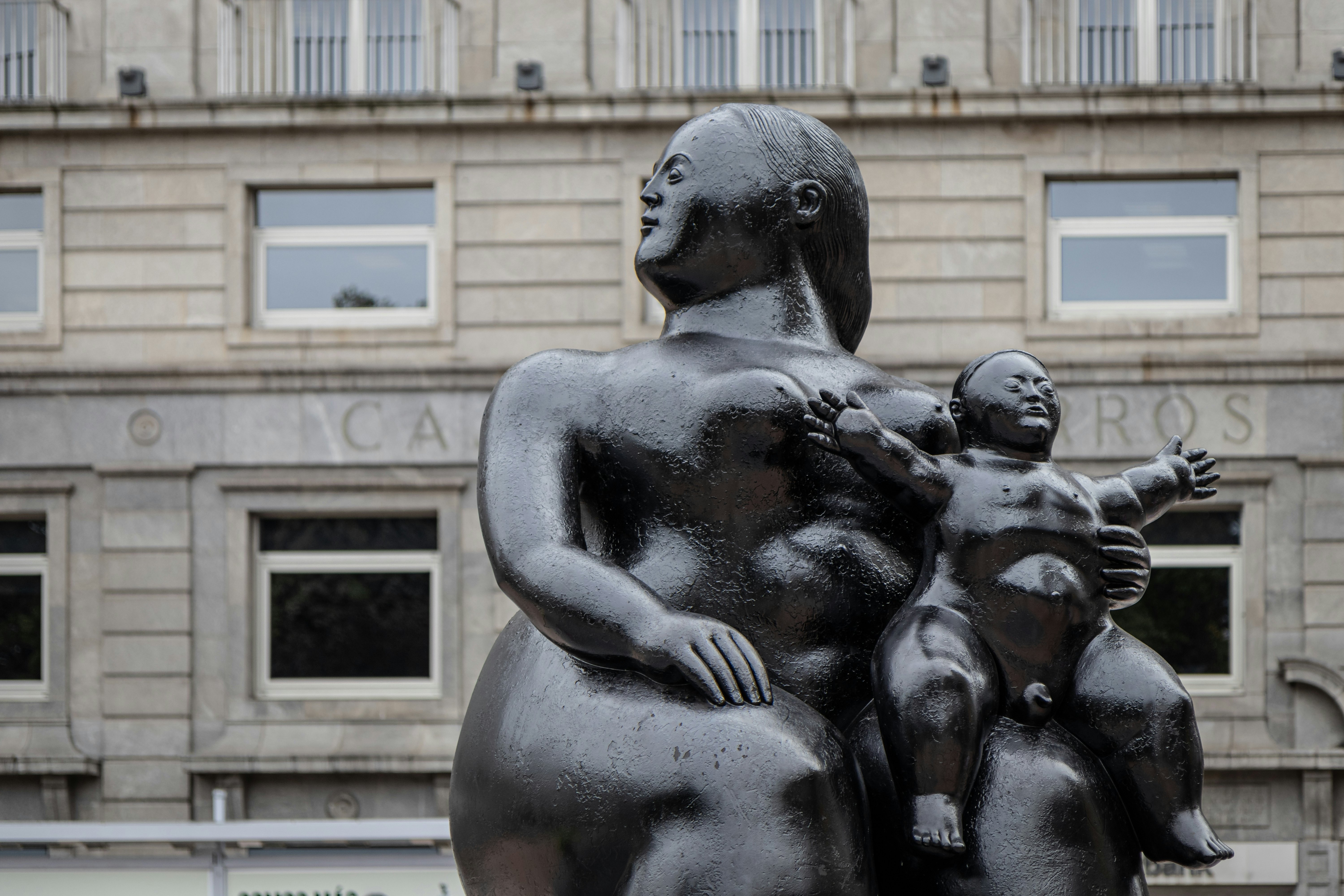
5. Spot sculptures on a self-guided walking tour of Oviedo
Start in Plaza Juan XIII with the romantic bronze figures of Amigos. From here, head to Plaza de Daoiz y Velarde, where you’ll find the gorgeous Bella Lola seated alone on a bench in what used to be the town square.
Just beyond the irresistible pastry shop under the arches, in another lovely plaza, you’ll meet Vendedoras del Fontán (Saleswomen at the Fountain). It’s a few minutes’ walk onward, passing the Asturian Parliament building, to the exaggeratedly curvaceous mother-and-son figures of Fernando Botero’s La Maternidad (Motherhood).
Cross the road into the leafy Campo de San Francisco park, with no fewer than 16 other statues (including another lovely Maternidad). Next to the duck pond is the colorful and cheeky figure of Mafalda: since 1964, she has been one of Spain’s all-time favorite comic characters.
From here head down Calle Uría, the ovetense’s favorite shopping strip, and look for Rufo, the dog of Oviedo, dedicated to the people who protect abandoned animals. (You’ll see his head is polished…so give it a stroke for luck yourself.)
Around the corner, in the pedestrianized shopping street of Calle Palacio Valdés, you’ll find two very different characters: Tino Casal, the locally born 1980s pop icon, and the completely unexpected figure of Woody Allen, a huge fan of this artistic city, which he once described as a “fairy tale.”
At the southern end of Palacio Valdés, the thought-provoking figure of a female student called Esperanza Caminando (Walking Hope) is overshadowed by Culis Monumentalibus (The Monumental Bottom), a 4m-tall bronze statue sporting what are probably the world’s biggest buttocks.
Detour: After all that walking, you’ll likely be thirsty. Head to Sidrería La Pumarada Gascona, one of several popular and perpetually busy hangouts on Calle Gascona – Oviedo’s “cider boulevard”.
6. Be awed by exquisite cave art at Cueva de Tito Bustillo
Some of Spain’s finest cave art, including superb horse paintings probably done around 15,000 to 10,000 BCE, lies within this UNESCO World Heritage–listed cave, 300m south of the western end of the stunning Sella bridge in the seaside town of Ribadesella.
Daily visitor numbers are limited, so reservations are essential. If you miss the cave itself, the displays of the Centro de Arte Rupestre Tito Bustillo, 200m south, are well worth your time.
Of the cave’s 12 clusters of paintings, only the Panel Principal (Main Panel; mostly deer, horses, goats and bison) can be visited.
Planning tip: Since there are some slippery stretches, wear appropriate shoes. Note that children under seven are not admitted inside the cave.
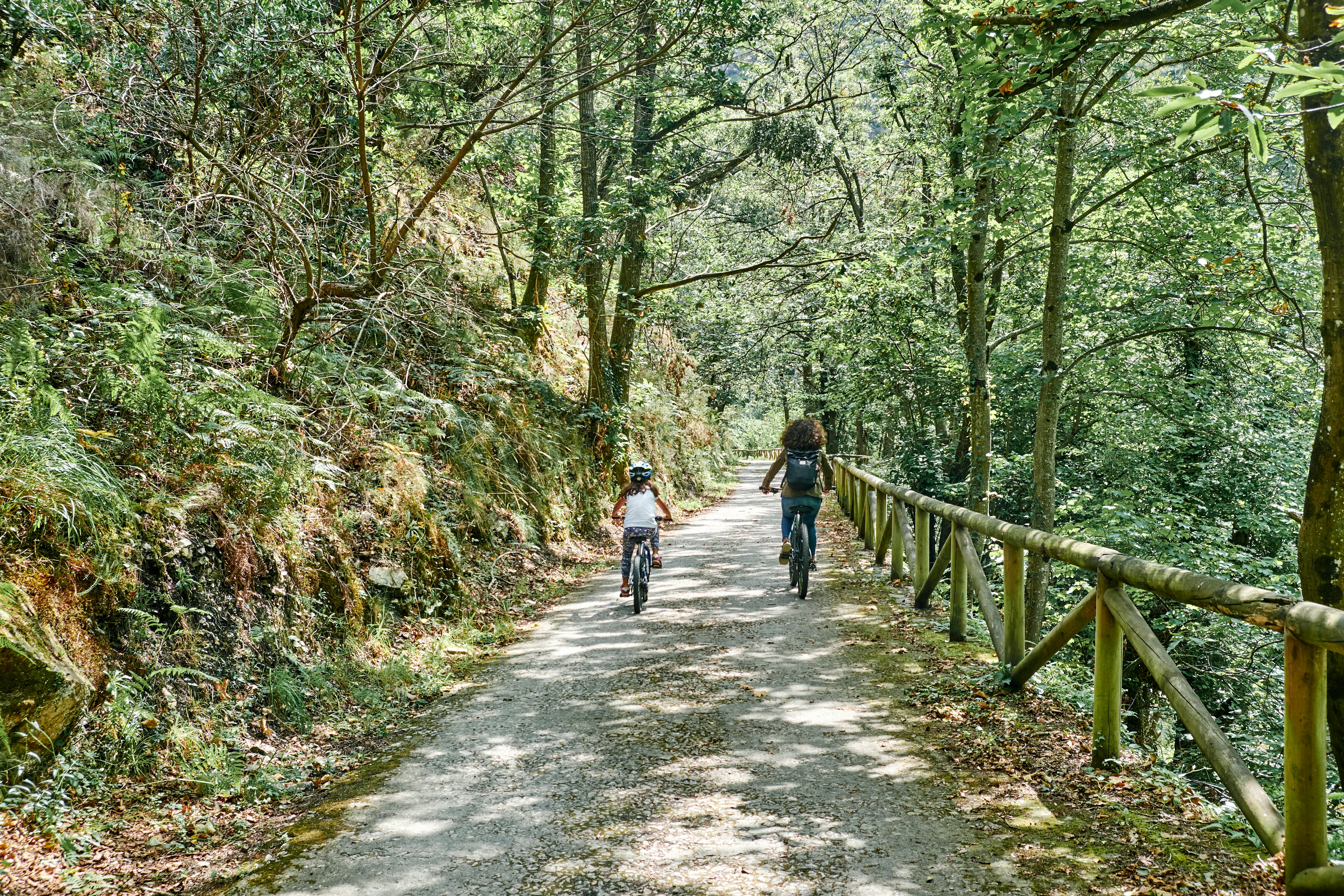
7. Cycle a former railway line at Senda del Oso
You’ll feel particularly intrepid as you cycle up the rugged chasm of the gorge in Trubia. More so still when you remember that you’re riding into the heart of bear country.
Start by renting a mountain bike from Centro Btt Valles del Oso, on the edge of Tuñón village. From there, you’ll have 70km of well-signed and well-maintained cycling routes that lead upriver alongside the cascading waters of the Río Trubia.
For an extra fee, it’s possible to be transported to the top of the trailhead and simply descend. The gradient is actually fairly slight, though, and it’s worth the effort to double your bear-spotting opportunities.
There are an estimated 370 wild bears in the Cantabrian mountains (spread between Asturias, Cantabria and Castilla y León), and the area known as Senda del Oso is one of the best places to see one of Spain’s most renowned creatures in its natural habitat.
In summer, free-ranging wild bears are frequently spotted on the slopes around Valdecorozalos Cliffs (about 15km of pedaling from the rental point).
If you don’t get lucky there, you’re almost guaranteed to see rescued bears that are being rehabilitated for the wild by Fundación Oso de Asturias (Asturias Bear Foundation) in big, semi-wilderness compounds that are barely 6km from the starting point. They’re easily seen from the trail.
Even without the heart-stopping chance of seeing wild bears, the cycle trip would be irresistible merely for the series of pedal-pausing views as you cycle through a series of long tunnels that have been hacked out of the sheer rock face.
There’s a choice of two popular routes: the dramatic 20km route toward Peña Gradera offers the best chance of seeing wild bears, though the 16km route to Valdemurio Reservoir goes through the most beautiful forested landscapes.
Planning tip: The rolling riverside trail is mostly free from motorized vehicles – so is very well suited to children and families. It sweeps through woodland and villages with impressive stilted tile-roof granaries (known as hórreos) that are an enchanting aspect of rural communities here.
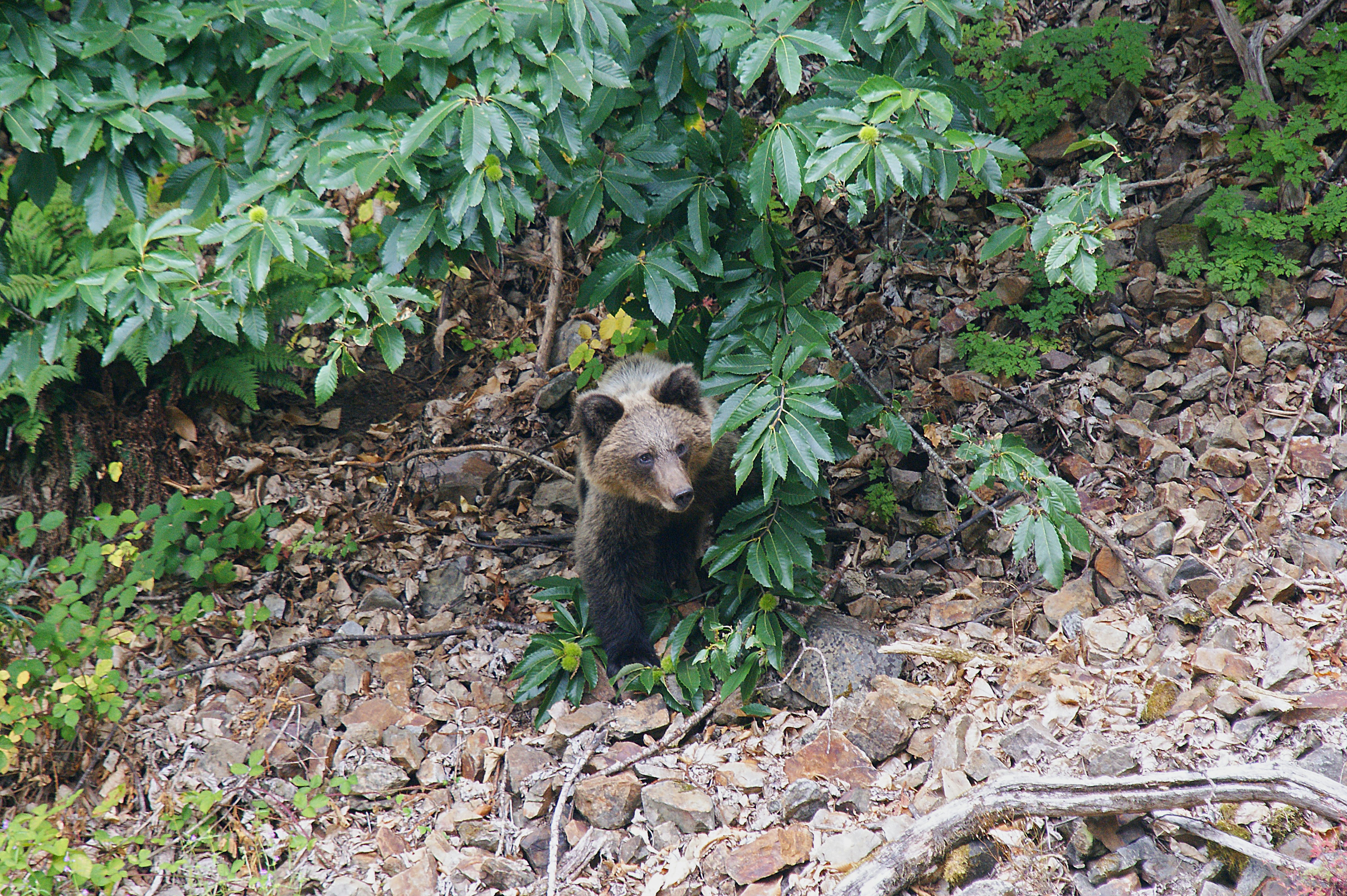
8. Look for brown bears in Parque Natural de Somiedo
If you fancy exploring beautiful mountain country that few foreigners reach, head for this 291-sq-km, UNESCO-listed biosphere reserve, with a network of mostly well-marked walking trails, on the northern flank of the Cordillera Cantábrica.
With five verdant valleys descending from the Cordillera’s 2000m-plus heights, the park combines thick woodlands, rocky mountains and green pastures dotted with brañas (groups of mostly abandoned herders’ shelters). It's also a key stronghold of Spain’s bear population.
The only town is Pola de Somiedo (70km southwest of Oviedo), which has a bank, ATM, two small supermarkets, a gas station, the Oficina de Información del Parque Natural de Somiedo, and the Casa del Oso, a good place to brush up on bear facts. A wonderful road winds and climbs 8km east from Pola to Valle de Lago village – a good walking base at about 1300m elevation.
For such a large animal (up to 200kg), the oso pardo (brown bear) manages to maintain a very low profile. It blends in perfectly with the woodland, although the females are typically more rubia (blonde) and appear more like a sandstone rock – a very large sandstone rock – until they lumber into action.
You’ll need the help of an expert guide if you’re going to have a realistic chance of spotting wild bears on the rugged trails of Somiedo but this is still one of the best places in which to watch this legendary creature in its natural habitat.
The best guides will be able to pick up if not the scent, then at least the prints and scat of nearby family groups. With astute tracking skills and a knowledge of local terrain that allows them to keep downwind and out of sight, they regularly help visitors get once-in-a-lifetime sightings.
Thanks to local conservation efforts – and the revenue provided by tourism – the Asturian bear population has more than tripled from just 77 individuals in 1962. Bears are still not out of the woods yet in terms of their long-term survival prospects, but the establishment of corridors between protected areas, together with educational projects such as that at Parque de la Naturaleza Cabárceno, provides hope for the future.
Planning tip: Established companies offering guided bear-watching and wildlife hikes include WildWatching Spain and Somiedo Experience, which both operate from Pola de Somiedo.
This article was adapted from Lonely Planet’s Spain guidebook, published in February 2025.





